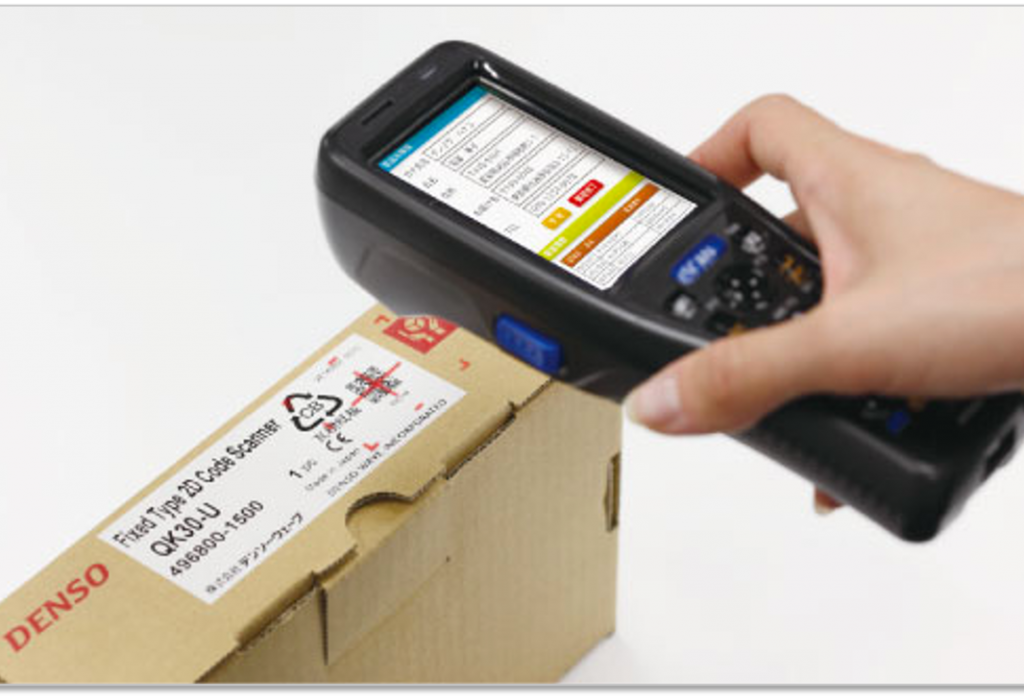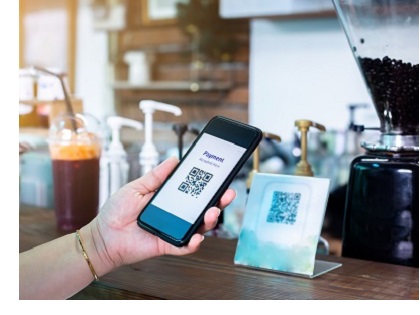
What have we collectively learned as marketers from 2020?
The world learned the true definition of convenience during the pandemic, and that reshaped how marketers must think about their strategies today and long after the pandemic is behind us.
A Gartner survey from September 2020 predicted that things won’t be back to normal until the fall 2021 or later. But, even as the world opens back up, remember that the way we’ve been living in the digital world won’t just go away. We’re conditioned to convenience of online shopping, restaurant and grocery delivery apps, even online car shopping. It’s impossible to turn back and we simply won’t want to.
“How long consumers think it will take to get back to normal isn’t at all material to how long the pandemic will last, but it is an important metric for marketers thinking about what’s on consumers’ minds and what they’re getting mentally ready for,” said Kate Muhl, VP Analyst, Gartner, in this article. “This realignment of life isn’t going away anytime soon, so brands need to find ways to meet consumers where they are. Now is the time for marketers to lean into the aspects of their brand values that support consumers’ self-protective instincts.”
One of those rising stars of contactless marketing is the QR code. But being the savvy marketer you are, you know that they’ve actually been around for quite some time. Let’s take a look at the evolution of QR, why they’re popular again and what you need to do now to create successful future campaigns.

Let’s take a quick history lesson – I promise it’s an interesting one. Did you know Toyota created the QR code back in the 90s to track car part inventory? It created these scanners that helped identify parts and with shipping – it had nothing to do with marketing. Recognizing the technology’s value early on, Toyota open sourced the patents so that everyone could use QR codes for free. It just wasn’t quite the time.
You’ll probably recall about a decade ago QR came onto the scene again strong. They were everywhere but made little impact. Why? Because as marketers we never fully cracked the code on how to use them effectively. Sure, we smacked them on business cards to hand out at tradeshows instead of physical collateral. However, to scan them, people needed an app – people didn’t have that app and despite best intentions of scanning your code, they ultimately lost interest and couldn’t be bothered. Can you blame them? What a hassle.
It may have come as a surprise when you first started hearing about QR codes again in the past year or two.

Well, just like the bike shorts, scrunchies and wide-leg jeans that are suddenly back in style, so is the QR code. They’re actually better than ever, making it the missing link in your marketing strategy for two main reasons:
Now, think about how you act when you have to go out in public. You likely try to avoid people and touching things at all costs and want get what you came for quickly. Whether that means ordering food on a menu, obtaining the latest COVID vaccine information on a hospital pull-up display, car shopping in an empty lot, checking in at the airport or anything in between, all that can be done by scanning a QR code. That code can direct people where they need to be to find the information they’re looking for. Contactless commerce at its finest.
Remember what I said about being open to change? Now is the time to rejuvenate that long-lost QR campaign you started a decade ago, because the demand is there, and QR can have serious positive effects on your bottom line.
If done effectively, you can create positive consumer experiences, drive more engagement and conversions and inspire confidence in your brand. Yes, that’s a lot to put on the back of a QR code, and I hope you latched onto the ‘if done effectively’ part. It is really easy to do it the wrong way, and that has lasting negative effects on your brand.
That’s why we’ve compiled the ultimate QR Strategy Guide. Download it now to ensure the success of your QR brand experience by learning about all the mistakes marketers often make. Don’t be that marketer.
Categories
Submit a Comment